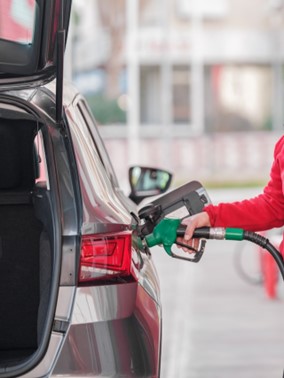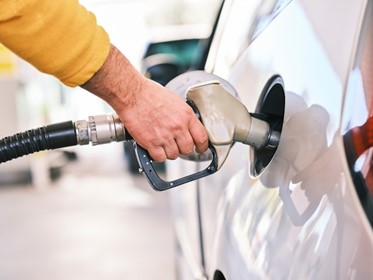As summer weather approaches, drivers may notice gas prices starting to rise at the pump. This isn’t just due to increased travel and higher demand during vacation season; it also has to do with a regulatory change: the switch to a summer fuel blend. This annual transition is a significant factor in the fluctuation of gas prices for consumers at the pump. In the following article, Nick Kambitsis of Raceway Petroleum explains why this change happens, what it means for your wallet, and what drivers can do to manage the impact of rising prices.
What Is the Summer Fuel Blend?
The summer fuel blend is a formulation of gasoline that is designed to reduce emissions and improve air quality during the warmer months. The primary difference between cold weather and summer fuel blends is the Reid Vapor Pressure (RVP), a measure of gasoline’s volatility. Summer blends have a lower RVP, which means they are less likely to evaporate into the atmosphere, reducing smog and pollution.
Regulatory agencies such as the Environmental Protection Agency (EPA) require refineries to switch to the summer fuel blend before a specific date, usually in late spring. This shift is aimed at combating the increase in ozone and smog formation during the summer, when higher temperatures and sunlight intensify air quality issues.
Why Does This Affect Gas Prices?
witching to a summer fuel blend can lead to higher gas prices for several reasons:
- Production Costs: Summer fuel blends undergo a more complex production process due to their lower volatility requirements, ensuring they are less likely to evaporate into the atmosphere and cause pollution. While this additional processing can increase production costs, it also contributes to a cleaner environment and better air quality, ultimately benefiting the health and well-being of consumers and the environment.
- Inventory Changes: Refineries and gas stations must manage the transition from winter to summer blends, which involves selling off existing inventory and switching to the new formulation. This transition can create supply bottlenecks and temporary shortages, which also drives up prices.
- Increased Demand: The transition to summer fuel blends aligns with the onset of the travel season, a time when many people hit the road for vacations and road trips. This period of increased travel brings more energy and excitement as families and friends take to the highways to explore new destinations. While the heightened demand might lead to slightly higher fuel prices, it also marks a vibrant season of adventure and connection.

How Individuals Can Manage Rising Gas Prices
Although rising gas prices can be frustrating, there are several strategies you can use to manage the impact on your budget:
Plan Your Trips and Routes Ahead of Time: Combine errands into a single trip to reduce the number of miles you drive. This not only saves fuel and reduces travel-related expenses, but also reduces wear and tear on your vehicle.
- Consider Carpooling or Public Transportation: If possible, share rides with friends or coworkers, or use public transportation to reduce your fuel consumption. This can be especially helpful for daily commutes.
- Maintain Your Vehicle: Proper vehicle maintenance can improve fuel efficiency. Ensure your tires are properly inflated, your engine is tuned, and your air filter is clean. These small adjustments can help you get more miles per gallon.
- Drive Efficiently: Aggressive driving, such as rapid acceleration, hard braking, and high-speed cornering, can significantly reduce fuel efficiency. These practices not only waste fuel, but also put additional stress on your vehicle, potentially leading to more frequent maintenance and repairs. To maximize your fuel economy, drive smoothly, maintain a steady speed, and anticipate traffic conditions to avoid sudden stops or accelerations. Additionally, using cruise control on highways and minimizing idling time can further contribute to improved fuel efficiency and a more relaxed driving experience. By adopting these fuel-efficient driving habits, you can save money at the pump while reducing wear and tear on your vehicle.
- Consider Alternative Transportation: If feasible, consider using a bicycle or walking for shorter trips. Not only does this save fuel, but it’s also good for your health and the environment.
Conclusion
Rising gas prices due to the switch to a summer fuel blend can be a seasonal challenge, but understanding the reasons behind the transition can help you navigate this period with greater awareness. By adopting fuel-saving strategies and making conscious transportation choices, you can mitigate the impact on your budget and contribute to a cleaner environment. Keep an eye on gas prices, plan your trips wisely, and take care of your vehicle to make the most of the summer driving season.
